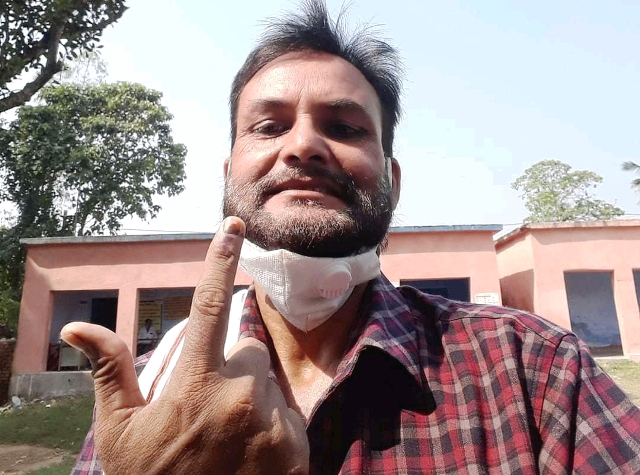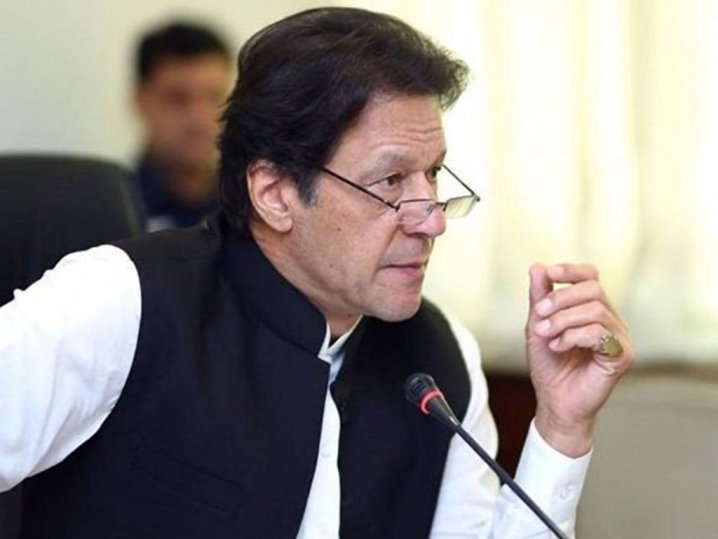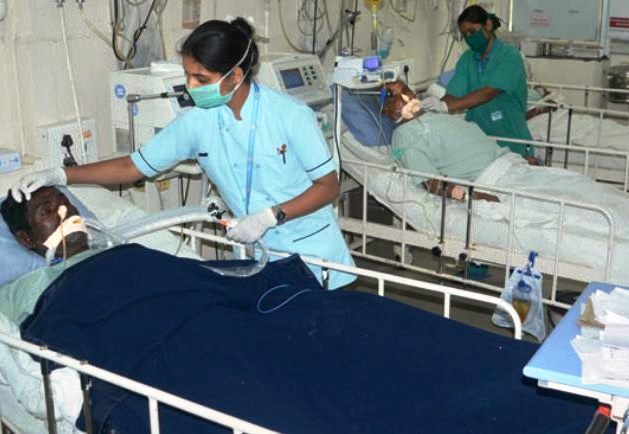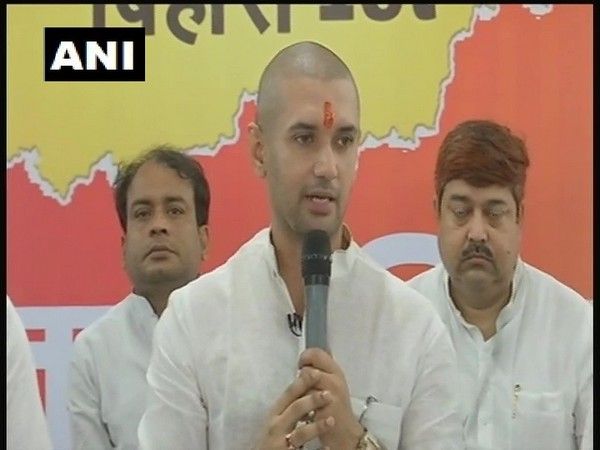At all times in India before the outbreak
of Covid-19 pandemic, government hospitals and other health centres in urban,
semi-urban and rural areas were overwhelmed by patient visits with all kinds of
ailments as majority here do not have the means to avail treatments at private
hospitals and nursing homes. To the extent there has been private investment in
the health care system since the start of liberalisation in 1991 heralded by
the likes of Apollo, Fortis and Max, the load is off from government sector.
Unfortunately, even while medical experts
and welfare economists are recommending that investment in health (and also
education) has a positive bearing on sustainable GDP growth, New Delhi in its wisdom
made an allocation of less that 1.5 per cent (₹67,484 crore) in the 2020-21 Union budget for
the health sector. Here it needs recalling that Prime Minister Narendra Modi himself
talked about the sector ideally claiming at least 2.5 per cent of national
budget.
Because of the failing of the government
manifest in insufficient investment in health care over the years, people at
large are paying a heavy price during the current pandemic. India’s Covid-19
tally has already crossed 8 million with around 45,000 people contracting the
virus daily. Mercifully, the recovery rate here is 98 per cent and death rate
at 2 per cent is lower than in most other countries. Indians are not known to
be disciplined even in the face of a looming danger. The world has been witness
to an identical behaviour of a large number of citizens in many developed
countries, all leading to exacerbation of the global health crisis.
The Indian festive season has begun with
Durga Pooja to be followed by Diwali and ending with the Christmas and New
Year. With thousands milling around in festive celebrations throwing caution
like mask wearing and social distancing to the wind, a second wave of
coronavirus is logically feared.
Doctors, paramedics and nurses are already a highly stretched community working without a break. Many of them contracted the virus in the process with quite a few dying. Now when hospitals and nursing homes have made it known that in case of a second wave during the not faraway winter infecting a larger number than now, they will not be able to provide beds to all the sick people. Why only beds, the Indian health sector on whose services demand is made by 1.38 billion people and also growing numbers from neighbouring countries, particularly Bangladesh suffers from considerable shortages of doctors and nurses by World Health Organisation (WHO) benchmark.
We have in India 6.4 allopathic doctors,
nurses and midwives per 10,000 compared with WHO recommended 22.8 persons per
10,000. No doubt, the health care system here was stressed out before
coronavirus hit the country. The situation has only become worse both for
medical staff and people needing care since the third week of March when the
country went for a comprehensive lockdown to fight the pandemic.
This certainly is not the time when the
country can afford to lose any more of its nurses to foreign countries however
desperate they may be to shore up their medical support system. But only
recently, according to United Nurses Association, Maharashtra chapter, close to
500 nurses made it to the UK, traditionally an alluring destination for Indian
Florence Nightingales. They are drawn to the UK and several other countries for
much better pay, social security and quality training facilities leading to
assured career development. Unfortunately, the profession that should
automatically command respect has long been neglected in India with nursing
commanding a low status in medical hierarchy.
In attempts to address shortages of
qualified human resources in its famed National Health Service (NHS), the UK
government introduced a fast-tracked visa for medical professionals in November
2019. To top it off, the eligibility criteria for job entitlement has been
revised to the advantage of Indian doctors and nurses.
Why only the UK, other developed countries
where English is the medium of communication such as the US, Australia and New
Zealand are always welcoming the services of doctors and nurses from India. In
consequence, India continues to lose one section of medical professionals at a
rate faster than ever before when, according to one reliable estimate, we will
need over 30,000 nurses in the next few months.
Moreover, as the medical services are
expanded principally by private sector investment and the government too
remains engaged in beefing up facilities in rural centres, India will need
extra 2 million nurses in the next five years. Acceleration in migration speed
in recent periods makes one wonder about the feasibility of achieving the
targets. Shortages of nurses are becoming acute this year as around 250,000 who
graduate around this time every year could not join the job market with the
pandemic standing in the way of final examinations being held.
In any case, according to a recent
government submission in the Rajya Sabha, the country has 3.07 million
registered nursing personnel (nurses, midwives, women health visitors and
auxiliary nurse midwives). This works out to 1.7 nurses per 1,000 people, 43
per cent less than the WHO norm of 3 per 1,000. At the same time, like in so many
other sectors, a large number of women with some kind of basic training and
skills but without official registration offer their services in their
localities. There is an exponential growth in the number of nursing colleges
from 30 in 2000 to over 1,800 now, thanks to leading private hospital chains
and also practising non-resident Indian doctors making significant investments.
Students of nursing and midwifery have the
option to do either a diploma course or a four-year degree course that allow
them registration with Indian Nursing Council. Since the courses are conducted
in English and young nurses seeking migration are proficient in conversing in
that language, they settle down easily in English speaking countries. The Gulf
countries too are an important migration destination for Indian nurses. Their
only competition is from nurses from the Philippines.
Nursing courses in private institutions
are expensive and the students are required to borrow money from banks to fund
their studies. So the pressure is on them to clear their borrowings once they have
earned their diplomas and degrees. Let’s see what at the entry level nurses get
here and in the preferred foreign destinations. The government on the basis of
recommendation of seventh pay commission has fixed the starting salary of
nurses in its hospitals in the range of ₹50,000 and ₹70,000.
In contrast, the better of the private hospitals will offer a starting pay of
up to ₹20,000 plus
training and some other facilities. But at a number of privately owned
establishments, the pay could be as measly as ₹7,000 a month – that is, less than $100.
Salary and perquisites available to nurses
in the UK and the US are many times better than in India. Rewards for nurses in
Saudi Arabia and Kuwait are even more. As long as the host countries will leave
the door open for Indian nurses, the migration will happen. The only way to put
a check on migration will be to give nurses better compensation and recognition
for their work.









